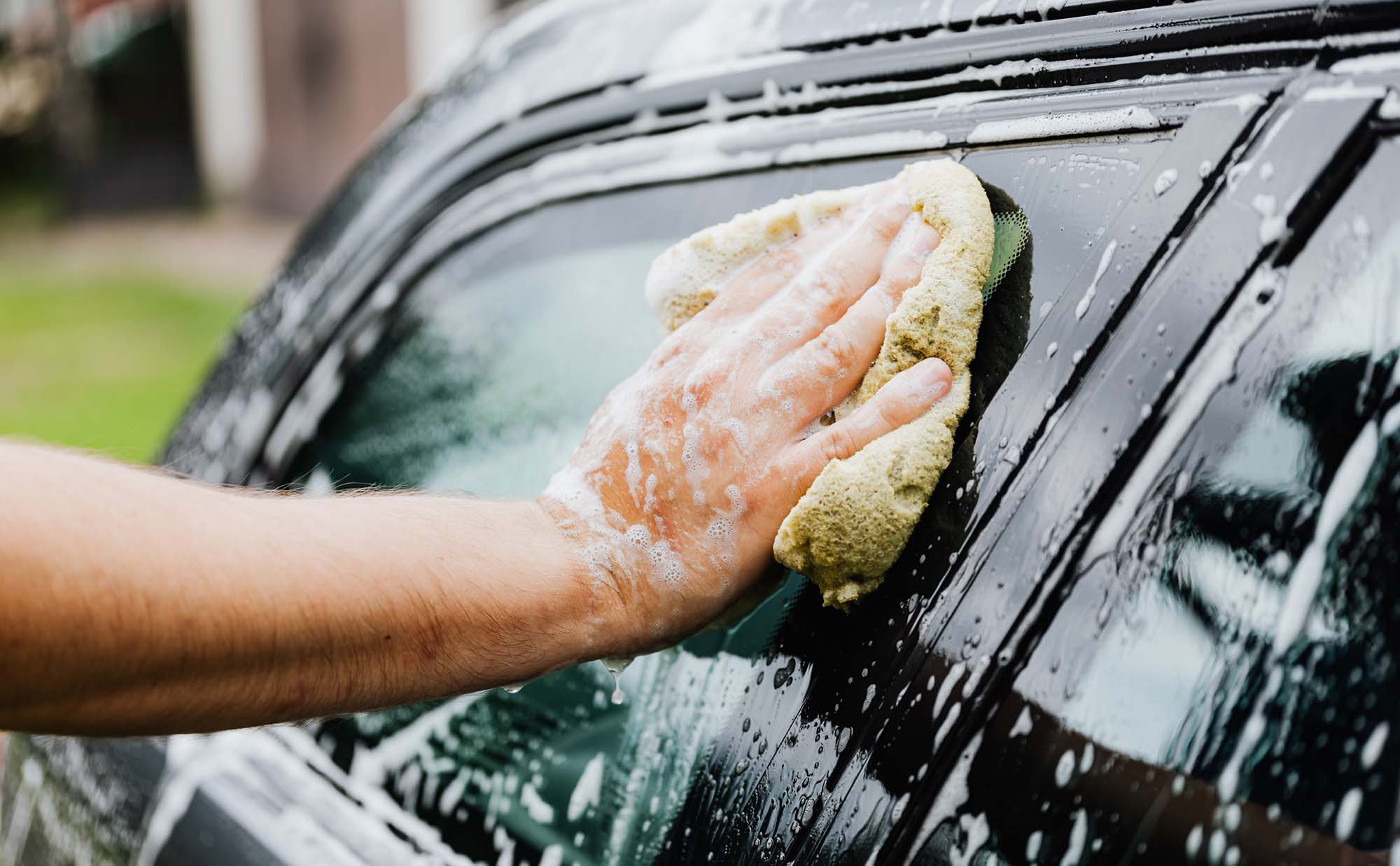In this post, we investigate whether oil additives deliver on their big promises. Here is a summary of what we know and think about oil additives.
BC-ers love road trips, and the opportunities for road trips within our home province of BC are amazing. Whether your plans aren’t beyond the local beach or you want to check out the mountains, you need to ensure your vehicle is road-trip worthy.
Do a walk around
Addressing basic maintenance, like replacing worn-out wipers and topping up fluid levels is the first step toward vehicle readiness, this is followed by an oil change and checkup (which we went over in part one). These things are inexpensive and usually a successful DIY moment.
Stay charged
Check your battery to see if corrosion built up over the winter. If so, give your battery terminals a little scrub with water and baking soda to ensure connections are clean and reliable. Here is a walkthrough on how to do it.
Read the rubber
Inspect your tires for adequate tread, and for any tears or bulges in the side wall. Make sure the tire pressures are set to the figures that are printed on the placard on the driver’s door jamb, or what’s listed in your car’s owner’s manual. If you need to replace your tires, best to do so before you hit the road with your family.
Pack smart
Before loading up your car, check your vehicle’s load capacity to prevent overloading. On most new cars, the maximum weight allowance is printed on the door placard inside the driver’s door jamb. It’s worth noting that each kilogram you add reduces the vehicle’s fuel economy. Roof-top cargo boxes not in use should be removed for better fuel economy, and if you are packing items on the roof, pack the lightest items to avoid the danger of a rollover.
Track it
GPS navigation system will help you plan your trip to avoid traffic congestion and locate convenient gas stations or restaurants along the way. Traffic-enabled devices can also assist in finding an alternate route or direct emergency services to your location, should you need that.
Be safe
Always follow the rules of the road. Planning your trip to avoid high traffic congestion will get you to your destination safely. Consider driving at night or early in the morning, providing ample time for snacks, stretching, and fuel breaks.
Be prepared
Every car should have emergency supplies like a flashlight, blanket, first-aid kit, and some basic tools. Roadside flares, a change of clothes, and extra water and snacks are also recommended. We wrote up some ideas for how to make your emergency car kit, you can read it right here.




